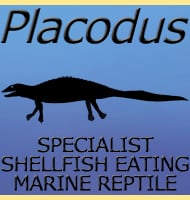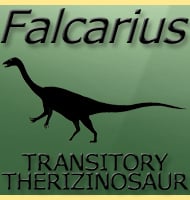Tongtianlong
In Depth Tongtianlong was discovered when blasting of a mudstone deposit revealed the skeleton of this dinosaur for the first time since the Cretaceous. Unfortunately this blasting process destroyed some of the skeleton, but fortunately when workers at the site realised what was there, they halted operations long enough to recover the specimen. This included … Read more


